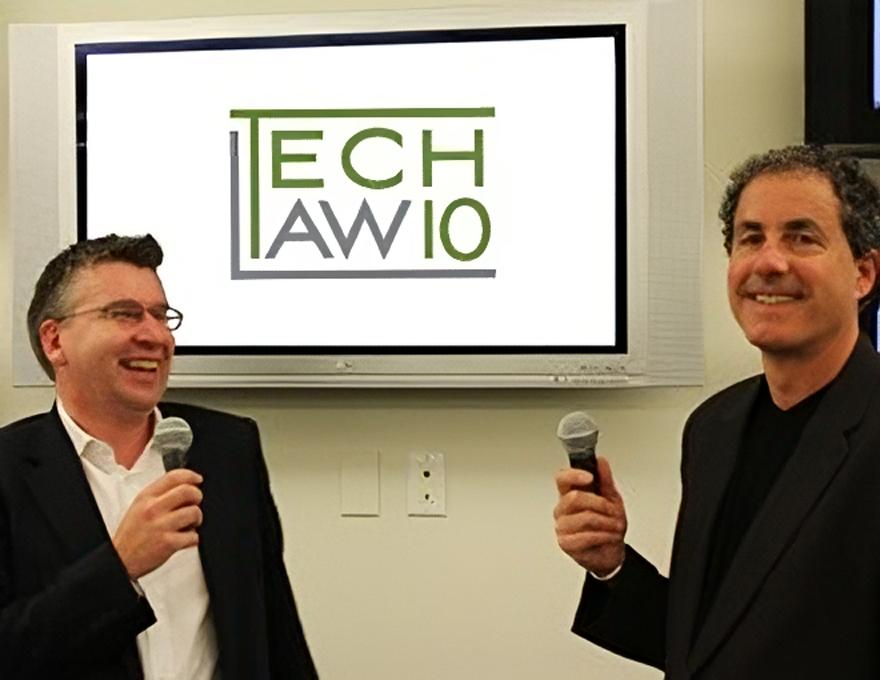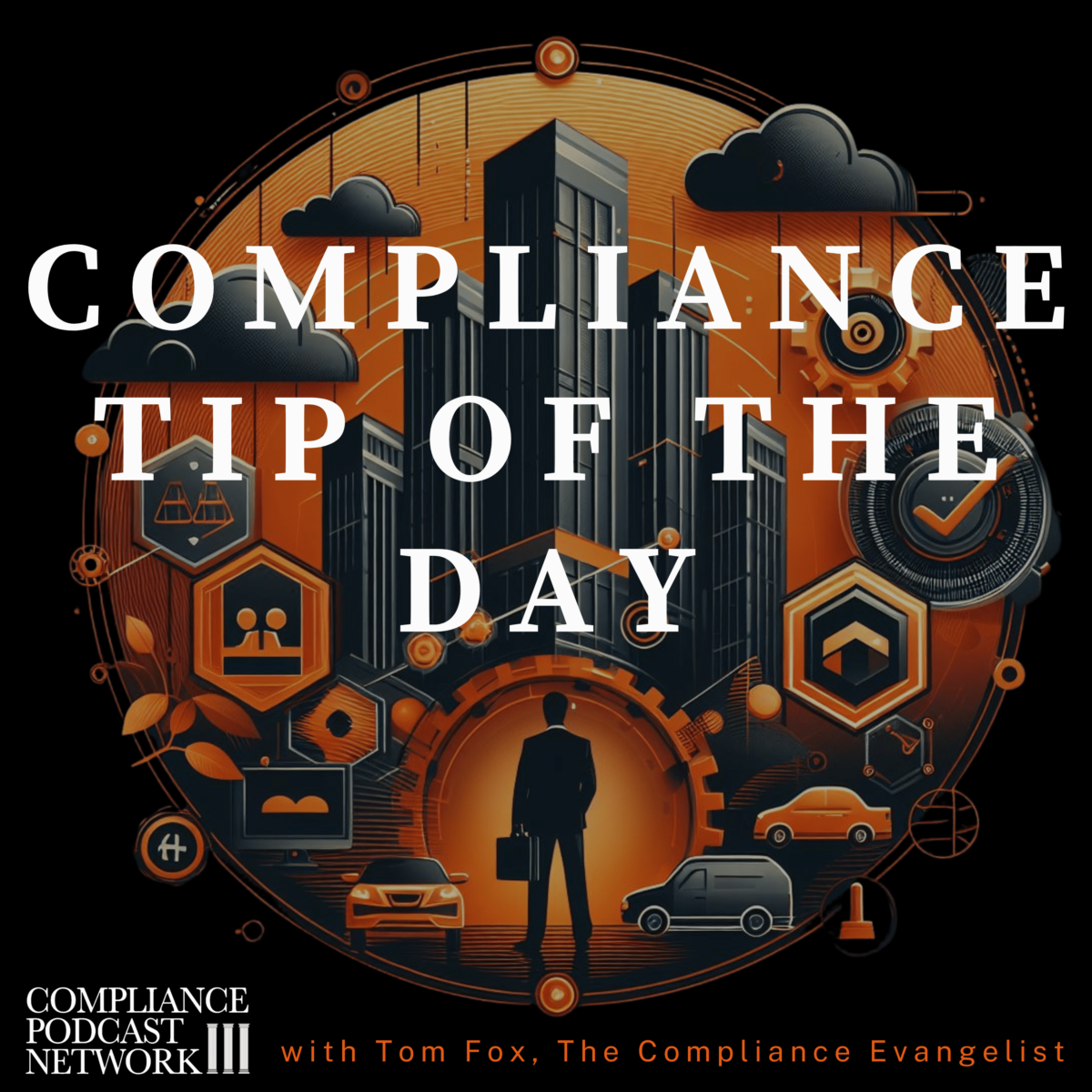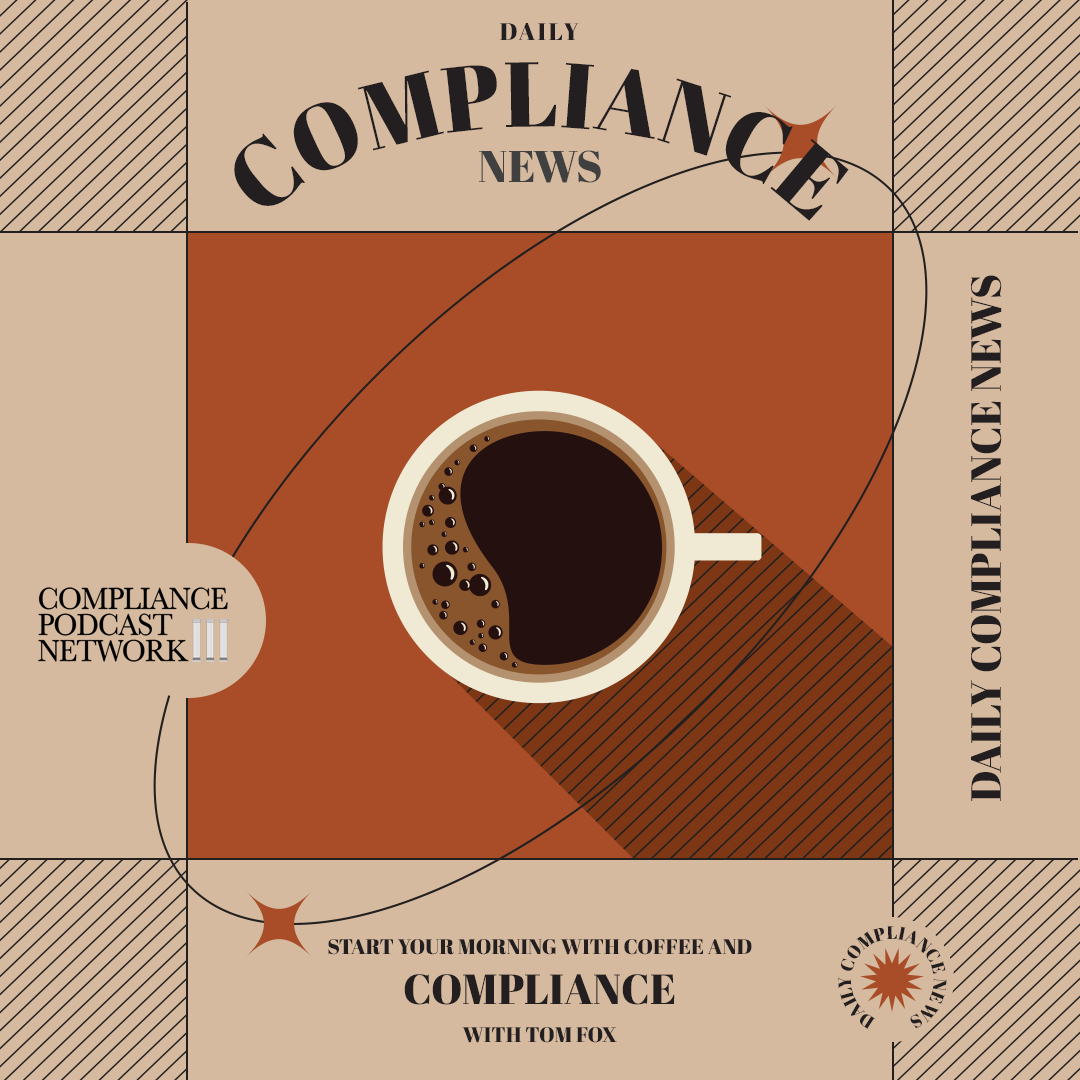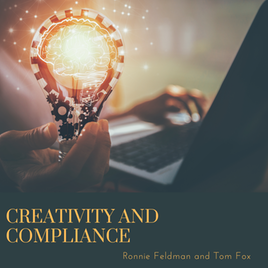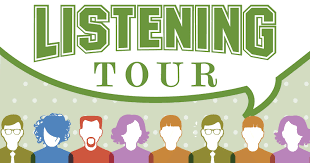We conclude our focus on culture this week by returning to some of our long-time compliance roots for improving culture, such as the listening tour. In 2022, returning Starbucks Chief Executive Officer (CEO) Howard Schultz began engaging in a “listening tour” of Starbucks stores literally across America. In an article by Justin Bariso, he said Schultz told employees, “We are traveling the country, trying to, with great sensitivity, understand from you how can we do better.” What are employees telling him? Bariso wrote, “he listens intently to one Starbucks employee after another; a pained look comes over Schultz’s face. Employees lament the lack of training, increased turnover, and extreme pressure they’ve endured as company profits soared, but worker conditions plummeted.”
This listening tour has several goals for Schultz. The first is that even though the company has sustained record profits, morale at the company is at an all-time low. Witness the unionizing efforts that have been successful. Employees are simply fed up with not being listened to. This has eroded employee trust and management and driven down the once vibrant culture at the iconic institution. To rebuild that trust, Starbucks, as their CEO, “must first listen.” However, it is more than simply listening to rebuild trust; it is rebuilding employee engagement by making them and their ideas part of the solution.
There is still much work for Starbucks and Schultz to do. Yet these initial steps can lead to real change. Schultz is doing more than saying “We Care”; he is modeling that language in his behavior. This is action at the top. It also communicates to other senior management that they must listen to re-engage and build employee trust. What if a Chief Compliance Officer took that same approach to culture? I believe that a Schulz-inspired listening tour can improve your corporate culture. Below are three keys for the compliance officer to conduct a practical listening tour.
A. Engagement
Start by meeting as many compliance stakeholders as possible. You can use town hall settings or go smaller, meeting with key employee leaders, key stakeholders, and employees identified as high-risk who you can meet with individually or in smaller groups. Listen to their compliance concerns and take their compliance ideas back to the home office. After returning to your office, winnow down their ideas and suggestions to form the basis of enhancements to your culture. This employee engagement will lead to greater stakeholder buy-in for your culture.
B. Education
During the town hall meetings and the smaller, more informal group meetings, you can do more than simply listen—you can also train. This training is on ethics and how the employees could use compliance as a business tool. Most business’s ethical standards are not found in an existing compliance program. They are found in the general anti-discrimination guidelines and ethical business practices such as anti-competitiveness and prohibition of using confidential information. Often, these general concepts can be found in a company’s overall Code of Conduct or similar statement of business ethics. Workplace anti-discrimination and anti-harassment guidelines can be found in Human Resource policies and procedures. Concepts such as anti-competitiveness and the use of customers’ and competitors’ illegally obtained confidential information may be found in antitrust or other business practice-focused guidelines.
This gets your employees and other stakeholders thinking about doing business ethically. It is ethical concept-based training, in contrast to a rules-based approach. Moreover, this lays the groundwork for enhancing your culture and the training that will occur as the enhancement is rolled out.
C. Risk Assessment
Now, think about this same approach from the risk assessment perspective. Listen to your employees’ concerns and compliance issues. From there, you can ask questions about what was done and why. This approach is not adversarial or interrogation, but it is ferreting out the employees’ concerns while having the employees educate your compliance team on the actual procedures that are used. By listening and gently questioning, you should garner enough information to create a risk assessment profile that can inform and even become the basis of compliance program enhancements.
Bariso concluded his article by stating, “People lose motivation when they sense you don’t care. But the simple act of listening creates goodwill. When your people feel understood, they’ll be motivated to contribute and can help you discover insights you wouldn’t otherwise. So, when it comes to solving your company’s biggest problems, don’t ignore your most helpful resource: your people.” It all starts with listening. Let your employees and other stakeholders have the “chance to share their problems, as well as to propose solutions. Meetings like these will reveal key insights and transform your people from employees to partners.”
I hope you have enjoyed and, more importantly, found this week’s blog posts on helpful culture. I also hope you will join the conversation by commenting or posting on LinkedIn about your experiences around corporate culture.


